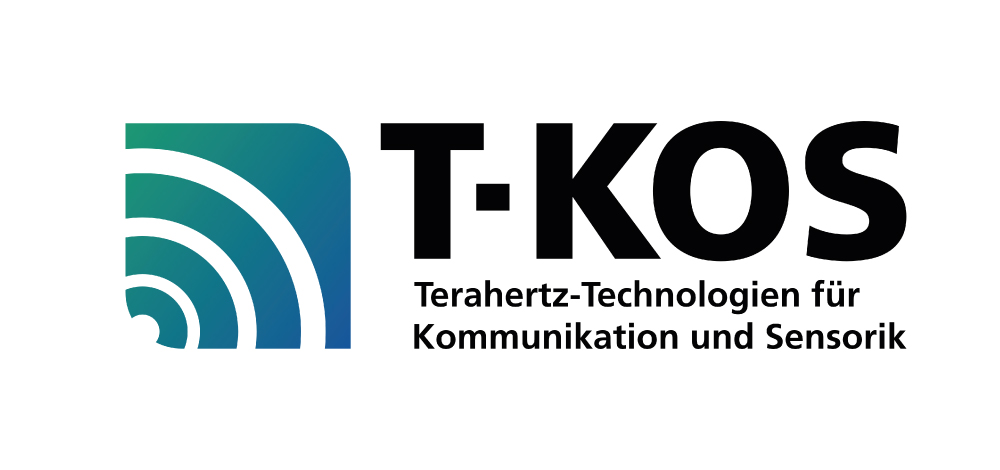T-KOS - Terahertz-Technologies
In our digitalized, high-tech world of life and work, the availability of communication and data connections is a basic requirement. The increasing mobility of users, the flexible use of broadband
The increasing mobility of users, the flexible use of broadband multimedia content (e.g., entertainment, medicine, logistics), and future technologies such as the Internet of Things or autonomous driving are increasing both the volume of data in mobile communications networks and the demands on the communications networks themselves. One promising option for increasing data capacity and usable bandwidth is the additional use of terahertz technology is the additional use of terahertz technologies. In the joint project T-KOS, Fraunhofer IPMS is working on high-frequency front-end solutions from 60 - 500 GHz as well as an energy-efficient AI accelerator based on based on in-memory computing.
Although terahertz radiation is predestined for a wide range of applications, for example in security technology, quality assurance or materials testing, industrial introduction has so far failed due to the lack of availability of inexpensive, fast and high-resolution systems with optimized, AI-based image recognition algorithms. In the T-KOS alliance, ten Fraunhofer institutes are now working to synergistically exploit terahertz technology for wireless radio transmission, non-destructive testing, spectroscopy and non-contact inline measurement. Together, they are developing three demonstrators that address the future fields of high-frequency electronics, terahertz photonics and wireless, high-bit-rate communications. A special focus is on building a German value chain to terahertz wireless links, e.g. for high-bit-rate communication in industrial production, inline monitoring of production processes with AI-based, real-time imaging processing for resource-efficient production. Also, industrial-grade terahertz communication and sensing will be demonstrated for the first time by combining scalable electronic and photonic concepts.
In the project, Fraunhofer IPMS is dedicated to RF/millimeter-wave front-end solutions with high output power in the frequency range of 60 - 500 GHz. In addition, energy-efficient AI accelerators based on in-memory computing are designed in technology nodes such as 28 nm HKMG as well as 22 nm FDSOI. Building on already developed transceiver systems at 240 GHz and 480 GHz in SiGe BiCMOS technology, a solution for near 300 GHz with enhanced transmit power dynamics is developed. Furthermore, an FPGA implementation is being developed as a precursor to an in-memory computing ASIC core to establish a bitwise computing architecture optimal for radar data classification requirements.
 Fraunhofer Institute for Photonic Microsystems
Fraunhofer Institute for Photonic Microsystems

